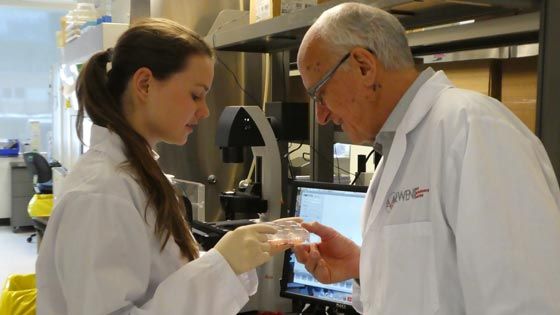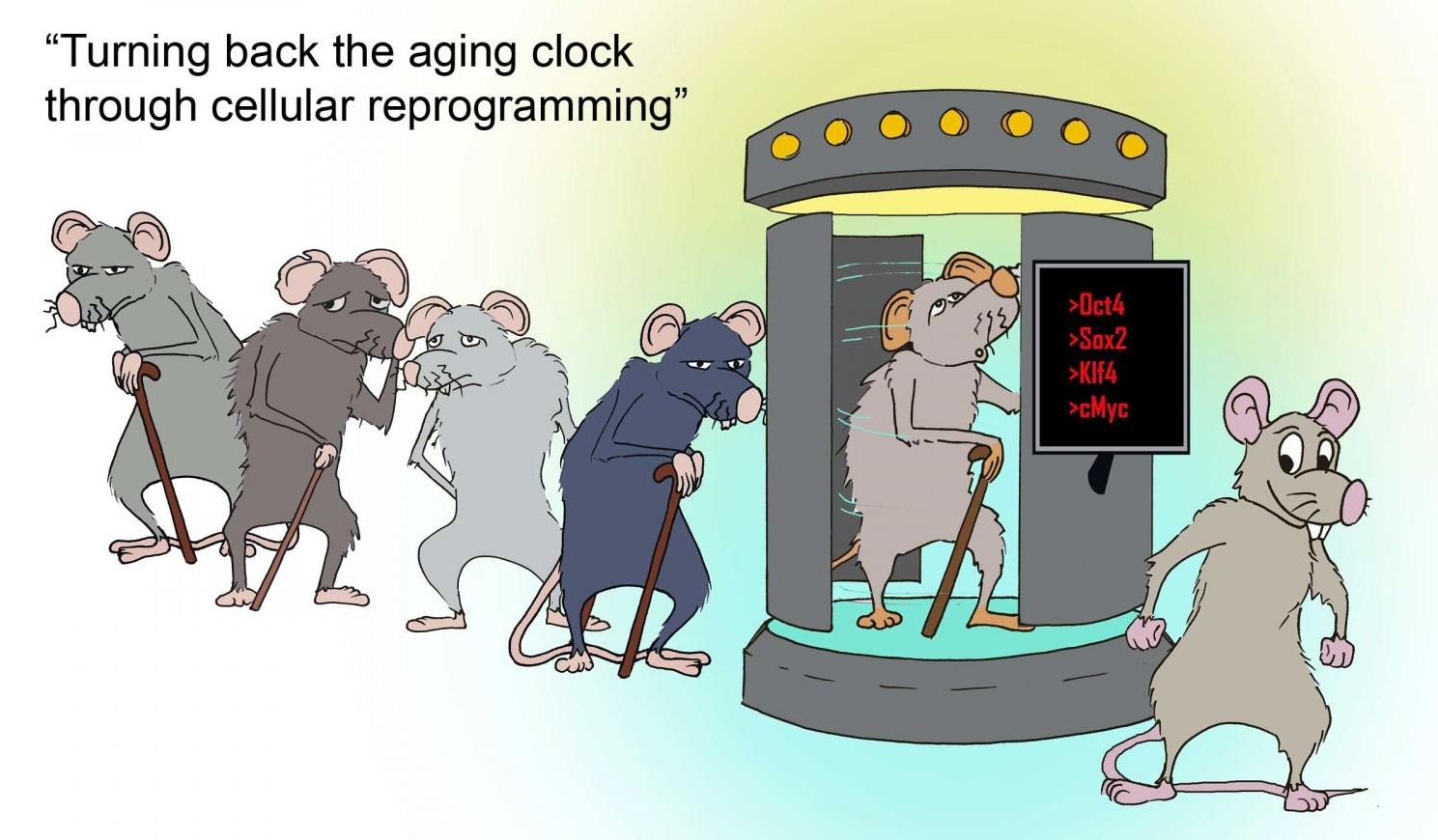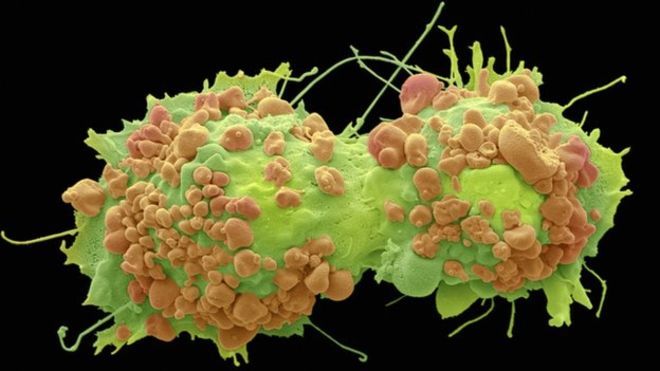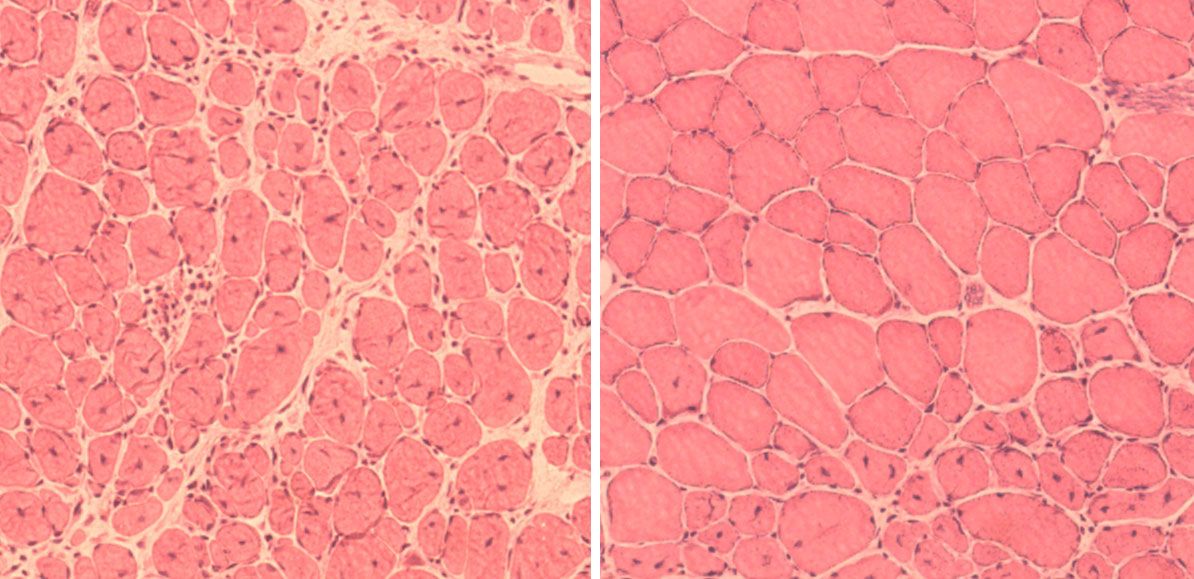
This is just wrong; its a disgrace to all things Quantum.
NEW YORK, Dec. 15, 2016 /PRNewswire/ — Beard Basics offers a full line of men’s beard grooming products as well as a year-round line of their version of beard baubles beard bauble ornaments for Christmas and special occasions. In addition, they offer an everyday line of beard and hair ornaments, glitter beard kits and for 2016, the next generation of beard ornaments, Quantum Beard Lights Beard Fairy Lights.
Beard Basics, a full line of men’s beard grooming products and special occasion items, has been creating and selling men’s beard grooming and their version of beard Baubles with beard bauble ornaments for more than a decade. The company offers a full range of products including holiday, sports-themed and year round beard and hair ornaments. In 2014, the company launched holiday beard ornamentation as part of the beard season awareness for men’s health. Beard Basic’s brand of holiday Beard Bauble Ornaments and glitter beard kits have been copied by many other companies but they are the trend setters when it comes to beards and the first to offer beard ornaments with mini clips.
Continue reading “Quantum Beard Lights Beard Fairy Lights for Your Next Generation of Beard Ornaments” »

















